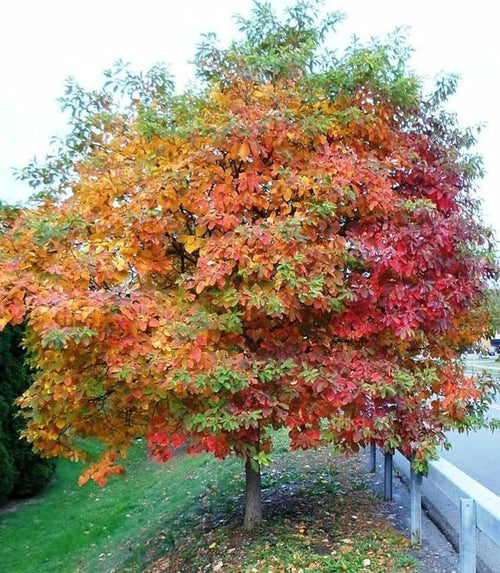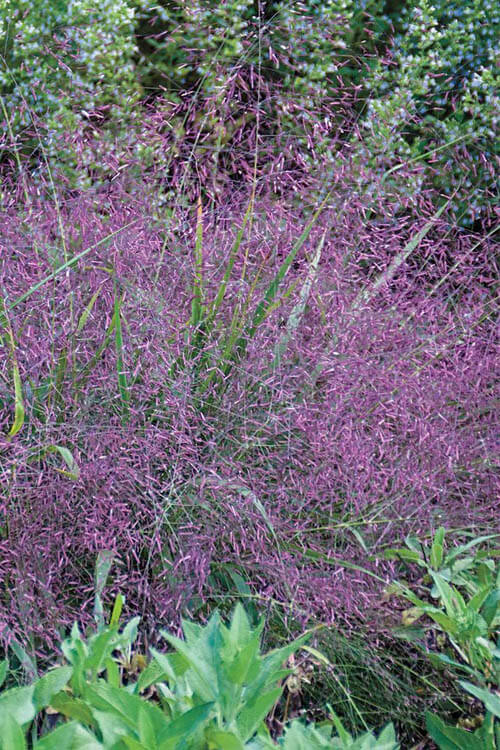Botanical diversity
Few trees, like the Sassafras tree (Sassafras albidum), capture the imagination. From its distinctive leaves to its remarkable ecological contributions, the Sassafras stand as a testament to the beauty and adaptability of the natural world. This deciduous tree, native to eastern North America, is renowned for its unique leaf shapes, remarkable size variations, insect-repelling properties, preference for cool and temperate climates, and the lush canopy it forms.
Leaf Morphology: A Trio of Shapes
One of the most striking features of the Sassafras tree is its leaves, which come in three distinct shapes: oval, mitten-shaped, and three-lobed. The leaves showcase the tree's intriguing ability to display varying forms on a single branch. The oval leaves are simple, elongated, and slightly serrated along the edges. As the name suggests, mitten-shaped leaves resemble a hand with a thumb-like lobe extending from one side. Lastly, the three-lobed leaves sport a more complex appearance, with a trio of lobes that radiate outward like the fingers of an outstretched hand. This unique variation in leaf shapes adds to the tree's aesthetic appeal and captures the attention of botanists, nature enthusiasts, and casual observers alike.
Size Matters: Sassafras Tree Dimensions
Sassafras trees are known for their impressive size range, varying heights depending on environmental conditions and location. On average, mature sassafras trees can grow 30 to 60 feet tall, with a spread of 25 to 40 feet. However, these dimensions can significantly differ. Some Sassafras trees may remain shrub-like, especially in poor soil conditions, while others, provided with favorable growing conditions, can soar to heights of 100 feet or more. This variability in size contributes to the tree's adaptability and makes each Sassafras tree a unique specimen in its own right.
Natural Insect Repellent: A Natural Guardian
In addition to its aesthetic allure, the Sassafras tree offers an unexpected ecological benefit – it acts as a natural insect repellent. The tree's leaves contain aromatic compounds, including safrole and tannins, which emit a fragrance that repels mosquitoes and other insects. Historically, Native American communities used Sassafras leaves as insect repellents by rubbing them on the skin or clothing. This natural protective quality makes Sassafras an essential companion for outdoor activities in regions where insects are prevalent. It also underscores the tree's intricate relationship with its environment and how it supports the ecosystems it inhabits.
Cool and Temperate Havens: Sassafras' Preferred Habitat
Sassafras trees are inherently adaptable and thrive in a range of environments, but they show a distinct preference for cool and temperate locations. They are commonly found in woodlands, roadsides, and forests in the eastern United States and parts of Canada. These trees are well-suited to climates with moderate rainfall and well-drained soil. Their ability to tolerate varying conditions, combined with their insect-repelling properties, makes Sassafras trees valued assets in both urban and rural landscapes.
Canopy of Abundance: Sassafras' Green Crown
The Sassafras tree's canopy is a vital element of its contribution to the ecosystem. As these trees grow and mature, their lush canopies create welcoming habitats for numerous species of birds, insects, and small mammals. The dense foliage provides shelter from the elements, a nesting place, and a secure environment for various creatures to thrive. Furthermore, the Sassafras canopy contributes to the overall biodiversity of forests and woodlands by interacting with surrounding vegetation and supporting intricate food webs.
The Sassafras tree is a captivating botanical wonder with its distinct leaf shapes, versatile size range, natural insect-repelling properties, preference for cool and temperate climates, and lush canopy. From the oval leaves to the mitten-shaped and three-lobed varieties, each leaf tells a story of the tree's evolution and adaptability. The Sassafras tree's presence extends beyond its aesthetic charm, as it enhances the environment and serves as a testament to the interconnectedness of all living beings in the natural world. Whether gracing woodlands or enhancing landscapes, the Sassafras tree symbolizes nature's ingenuity and beauty.



















































